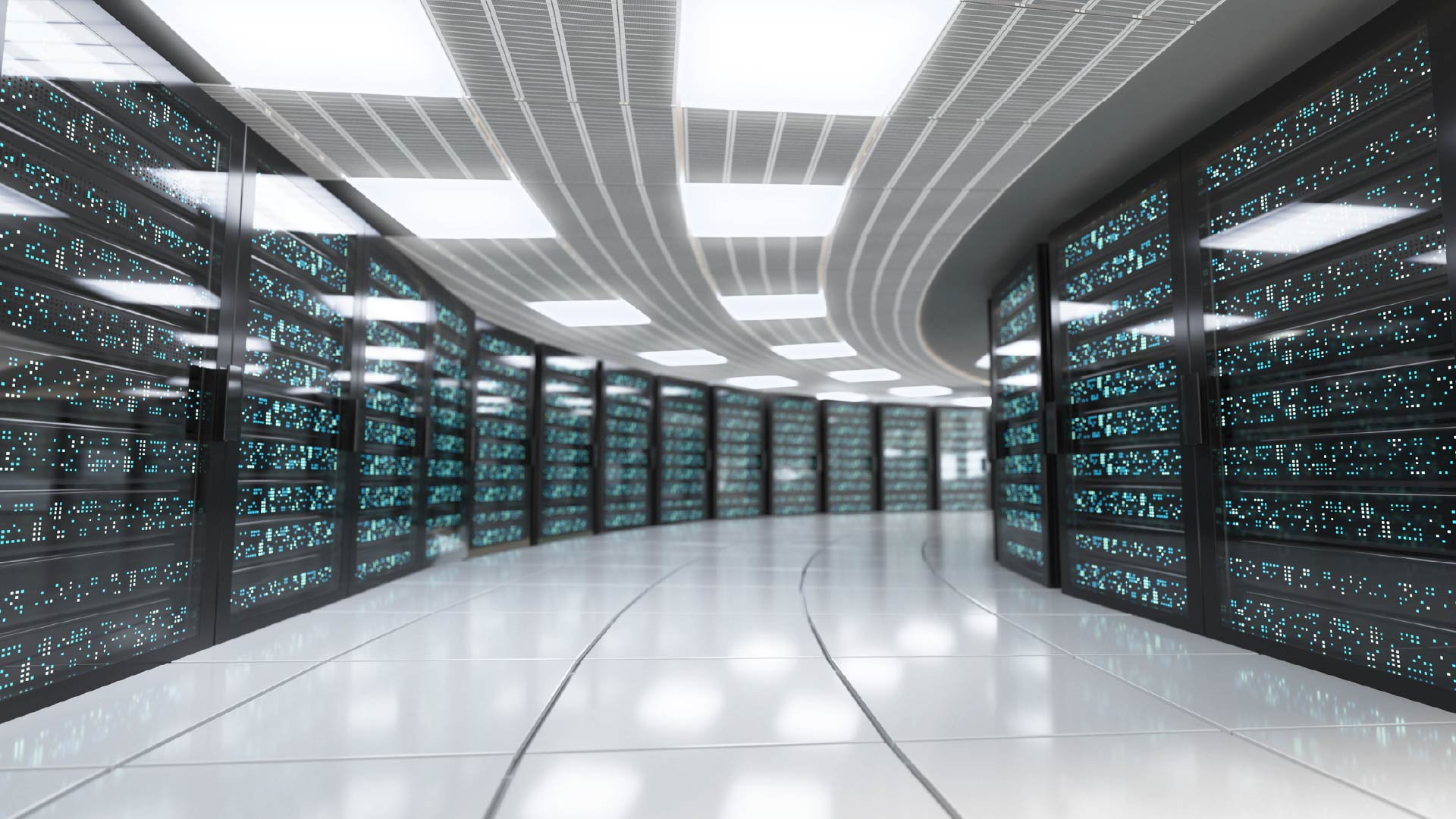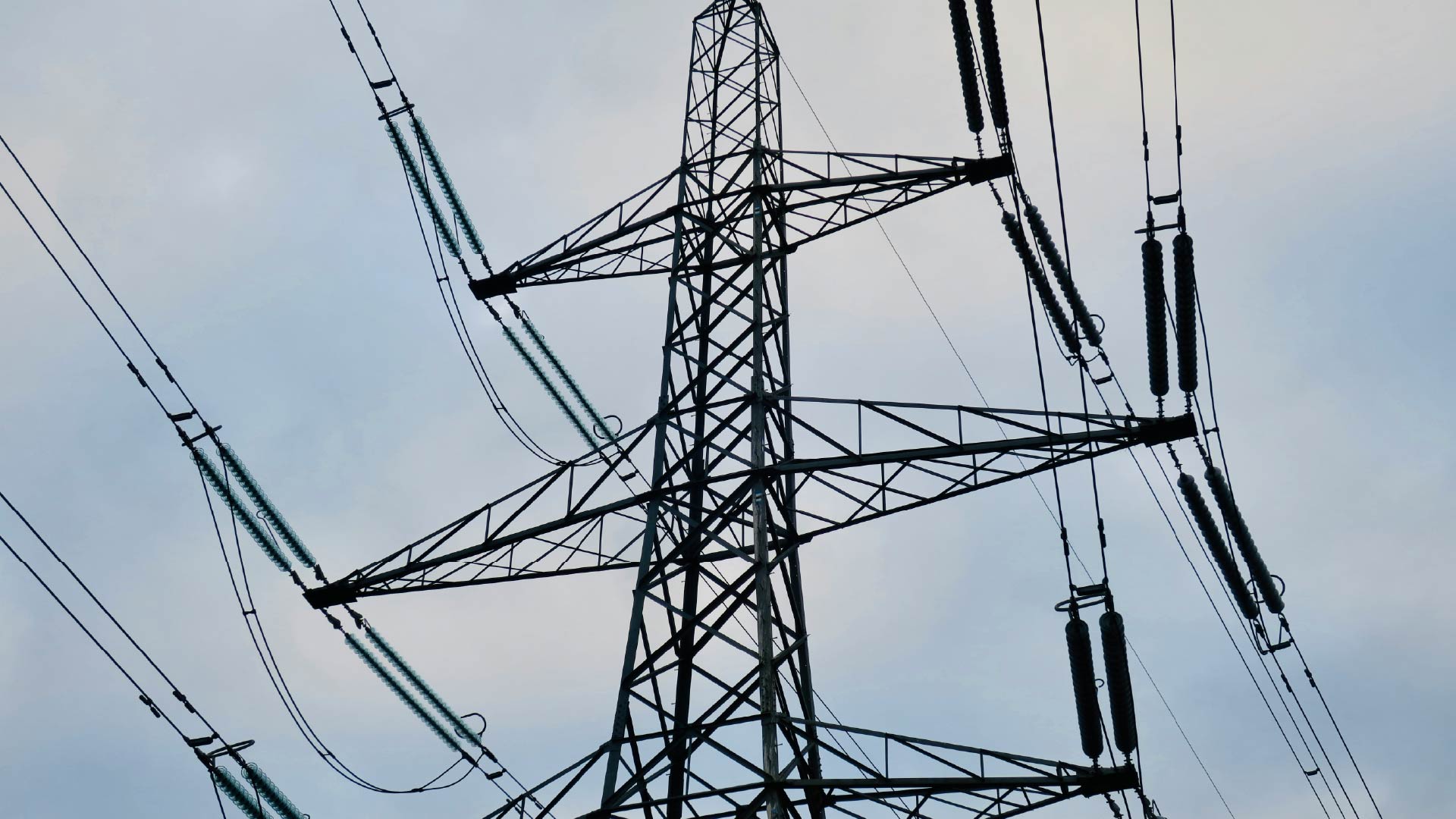Wiring For Change: Adapting The US Power Grid To Climate Risk And Uncertainty
This blog is the first of a multi-part series covering the history and current state of the US electrical grid, and its implications for the future of renewable energy adoption, climate risk and smart grid technologies. Grid operators and policy makers are no doubt well accustomed with these challenges, however energy end users and decision-makers may have little (or no) insight into the problems climate risk and renewable energies pose to the electricity supply of their facilities.
The US grid system is split into three networks: one in the West, one in the East and one in the Lone Star State of Texas. Across these three grids, there are few cross connections and – most importantly – little to no sharing. During the 2021 Texas power crisis, when temperatures dropped as a result of unusually cold weather, the state’s ERCOT (Electrical Reliability Council of Texas) suffered the worst energy infrastructure failure in its history. The fragmentation continues with West and East networks consisting of many competing operators, due to the country’s historically independently operated coal and gas plants.
As extreme weather events become more prevalent due to climate change, these localized networks will be put under more strain than ever before. The current record–breaking heat wave in the southwestern US has also caused record-breaking energy usage in Phoenix and Texas. While utility providers are certain the respective grids can handle current demands, a recent study from Environmental Science and Technology highlights how dangerous this heat could be if grids were to fail. Grid failures due to extreme events are not unprecedented. Since 2016, Americans have faced more than a 100% increase in power outages relative to the 2010-2016 period due to extreme events. In 2021, extreme events and the subsequent excessive strain on power grids caused rolling blackouts and outages across the US, with heat waves in the Pacific Northwest and New York, extreme cold along the Gulf, and Hurricane Ida in Louisiana.
These power outages can quickly turn deadly, particularly in the case of extreme heat or cold. Most deaths from Hurricane Ida were not caused by the storm, but by the heat wave and concurrent power outage that came after. A study in Nature Communications showed that the frequency of heat waves following tropical storms is likely to increase under future warming scenarios, exposing deep vulnerabilities for populations living along affected coastlines. However, the study also showed that the impact of these events can be greatly reduced if the grid is made more resilient. By strategically burying 5% of power lines in targeted areas, there would be a near 6% reduction in residents experiencing power outages – and thus, fewer people experiencing heat-related illnesses. An electricity buyer is not necessarily in the position to make these infrastructure changes on their own; climate-related risks may force utility providers to adapt.
Pacific Gas & Electric Co. (PG&E) is expected to bury 10,000 miles of power lines over the next decade in fire-prone areas of its network coverage, after its deteriorating equipment was found to be at fault for igniting the deadly 2017 and 2018 California wildfires. The organization was dubbed the “first climate change bankruptcy” in 2019 due to liabilities it faced from these fires, despite much of the destruction being fuelled by hot, dry and windy conditions – conditions that are expected to increase under future warming.
Climate change poses a compounding challenge for power grids around the world, exposing fragilities in existing infrastructure while also increasing our reliance on these grids as temperatures soar. Building resilience and efficiencies into the grid – and into individual buildings – is no longer a ‘nice-to-have’ option. This is costly, and buyers can expect many of the expenses to be passed onto them. Associated costs may become infinitely more expensive due to the fragmented system and complex permitting processes in the US. End user building operators and managers may get caught out during this period of transition if they fail to consider these external risks and rising operating costs. Taking action to protect energy supply and reduce energy costs at the building level will have several positive knock-on effects for both the aging grid and the consumers who rely on it.
In our upcoming blogs, we will focus on solutions and measures that can be taken by end users to provide power resilience, aside from relying on utility providers for long overdue upgrades. We will move beyond climate risk and explore the challenges fragmented grids pose to renewable energy adoption and building level resiliency.
About The Author

Katelyn Johnson
Senior Manager

Harry Wilson
Senior Analyst





